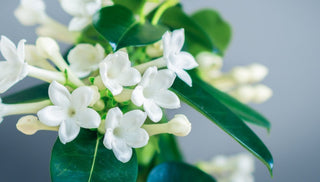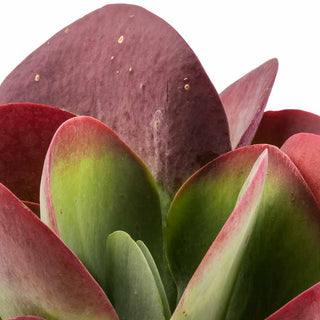☘ Origin: Southern North America
☘ Family: Asparagus
☘ Botanical Name: Yucca
☘ Common Name: Adam’s Needle
Symbolism: According to the Native Americans, a Yucca symbolizes transmutation, protection and purification. It also symbolizes strength, loyalty and new opportunities.
🍃 Shop Your Yucca Cane Today!
🔆 Light
Yucca will do best in a partly shaded location that receives bright, indirect light. Although Yucca plants may grow in sunnier spots, their appearance could suffer from brown tips or white spots on their leaves.
Give your plant a turn every few days to expose all sides to light for even growth from all sides.
💧 Water
Water your Yucca when 75-100% of the soil volume is dry. Water fully and then discard any water that has accumulated in the saucer.
To give your plant the absolute best, room-temperature rainwater and bottled spring water are your best options. Any water containing sugar or salt will hurt your plant!
☁️ Humidity
Yucca Cane does not require any extra humidity, but will appreciate an occasional misting using filtered-water.
🌡️ Temperature
Prefers temperatures between (18-29°C).
🧴️ Food
Feed once every month during the spring and summer with a liquid fertilizer for indoor plants.
🐾 Toxicity
Mildly toxic to pets and humans if ingested.
You may see “pups” popping up off the side of the mother cane at the soil level. These can provide you with more Yucca plants. If you wish to plant the mature pups, only do so in the Fall–this does the least amount of damage to the original plant. Remove the mature dark green pup (pale and whitish pups need more time on the mother cane) with a clean, sharp cut between the parent plant and the pup. Make sure to take some of the parent roots where the pup is attached, along with the pup. This root piece from the parent will form the new root system for the pup once it is placed in fresh potting soil. Water thoroughly and apply a diluted application of fertilizer.



